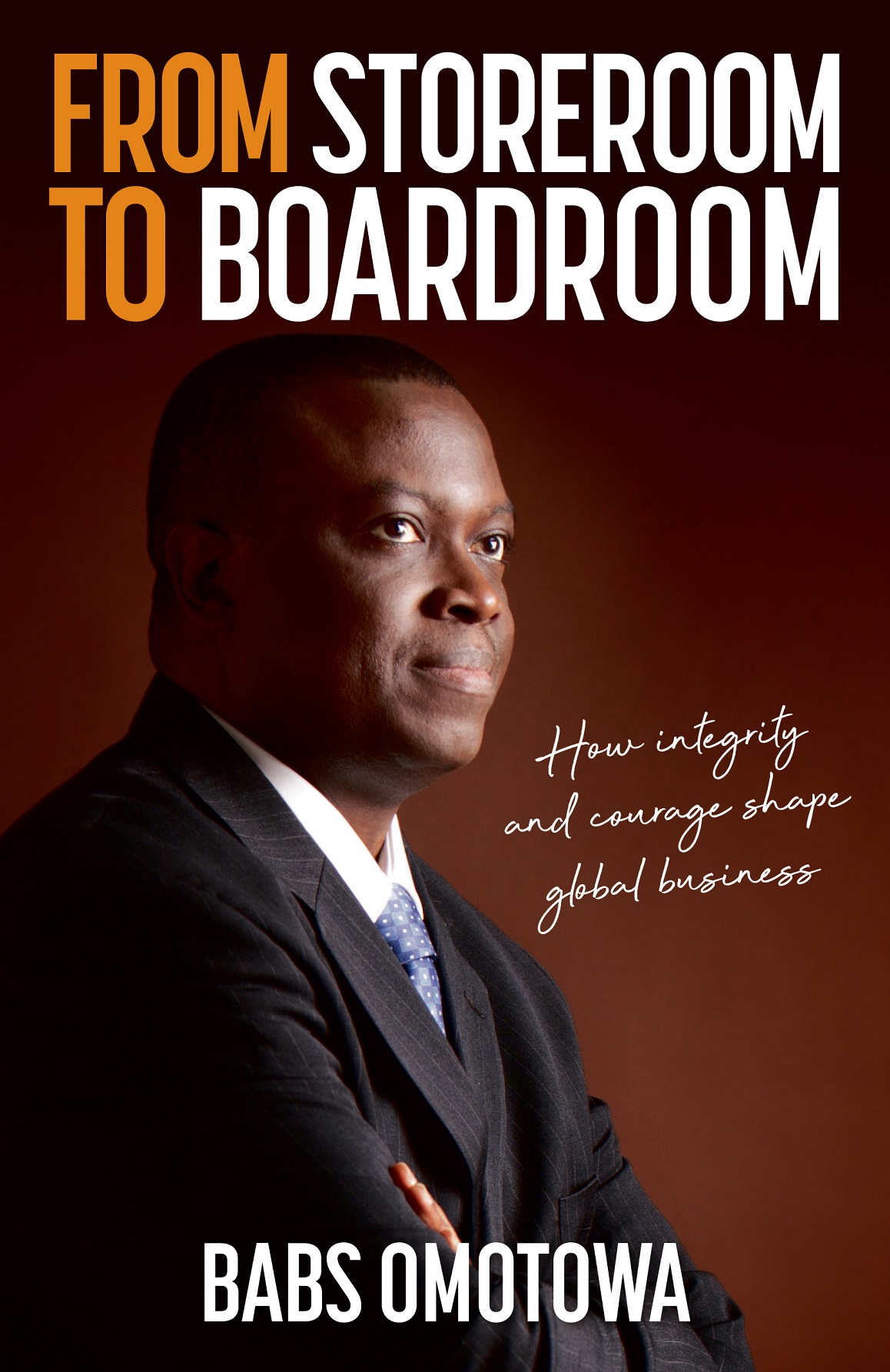Jacques Du Bruyn, Managing Director, Flume
South African’s adoption of digital tech puts us ahead of many bigger economies. If you look at aspects like the way we bank and how we pay for products and services, we’re way ahead of places in Europe and the USA.
The speed at which we’ve adopted that tech (which is only accelerating) means that more and more South Africans are moving online. To reach that growing online audience, companies need to embrace digital and communicate with their customers, where they are. If you’re going to do that properly, you need a smart digital marketing partner.
Digital-First
A company’s digital platforms are now often the first point of contact for a potential customer, so businesses are taking those spaces more seriously. In the consumer space, companies focus on generating awareness, selling and fulfilling via online channels.
In the B2B space, where transactions are bigger and consideration cycles are longer, the online space is vital for two reasons. Firstly, a corporate sales team works hard to build relationships that often only result in a purchase between one and three years later. If they walk into a meeting and a potential client has already seen your brand online, read your blog or subscribed to your newsletter, it makes their chances of converting the lead, far better.
Secondly – and this is often neglected – CEOs, CFOs and C-Suite decision-makers are human beings who have their own online interests, outside of work. They’re on social media platforms, posting pictures of their families and consuming their daily news online. That’s a place your brand should be reaching them.
Cost-Effective Ads
Traditional advertising is unspeakably expensive and incredibly inflexible. There’s a reason that the brands you see on billboards around your city are banks, chain retailers and luxury brands. That cost is a tremendous barrier to entry for smaller businesses, who can only dream of having the budget to run a 12-month outdoor or print campaign.
Digital marketing is far more cost-effective and, when done right, incredibly effective. Whether you spend R1000 or R1 million on a digital ad campaign, you’ll get results that work for you – if it’s done properly.
Total Targeting
Allied to accessible cost is the incredible ability to target digital advertising to deliver ultimate value. All those questions you fill in when you sign up for a social media platform – think of LinkedIn which asks where you work, what your position is, where you studied – give it access to information that advertisers on that platform can use to target you.
In the B2C world – have you ever noticed how a relevant ad follows you around different websites? It may be a product you searched for with an online retailer or it could be a holiday you were starting to investigate. That’s the power of retargeting: it gives a business the opportunity to be hyper-relevant, where and when it needs to be.
Ultimate Control
Digital advertising trumps traditional ads, hands-down, because of its fluidity. With print – especially massive billboards – a company puts together creative, rolls it out and books a spot for a few months. That billboard stays up for the duration of that time, with the content printed on the canvas.
With digital, a company has the opportunity to run, pause, alter and change tack as many times as it likes, without incurring additional costs. A lot of marketing is educated guesswork and digital gives you the chance to iterate in response to the results you’re seeing, rather than hoping for the best.
Mega Measurability
One of the best things about digital advertising is the data you can glean from it – and how you can measure its impact. On a digital campaign, you can measure everything from the number of individual people who saw a piece of creative to how long they spent looking at individual aspects of it.
Marketing Managers have a heavy burden of reporting, largely to justify spend. A smart digital partner can give them access to customisable, integrated dashboards that show the effectiveness of campaigns which help them do their job better – and make it easier to report to executives.
Fresh Eyes
We often get asked why the role of a digital agency can’t be fulfilled by an individual or team within a company. It can – for a while. But then the internal team falls into step with the rest of what the company is doing and they stop thinking outside the box. Everyone also has blind spots – when you’re inside the bottle, you can’t read the label.
A well-structured digital partner has teams working across different industries, businesses and verticals and always have an eye on trends and best practice. That gives them a different perspective – and the opportunity to apply learnings from different industries, to an account. If things slow down, the agency can also shift the team around, bringing in new creatives to cast a fresh eye over the account, while working within the agreed brand guidelines. It’s hard to get that kind of flexibility from a permanent, internal resource. With access to so much more scope, a proper digital partner is effectively constantly crowdsourcing solutions, case studies and ideas.
Photo credit: Lerone Pieters: https://www.pexels.com/



